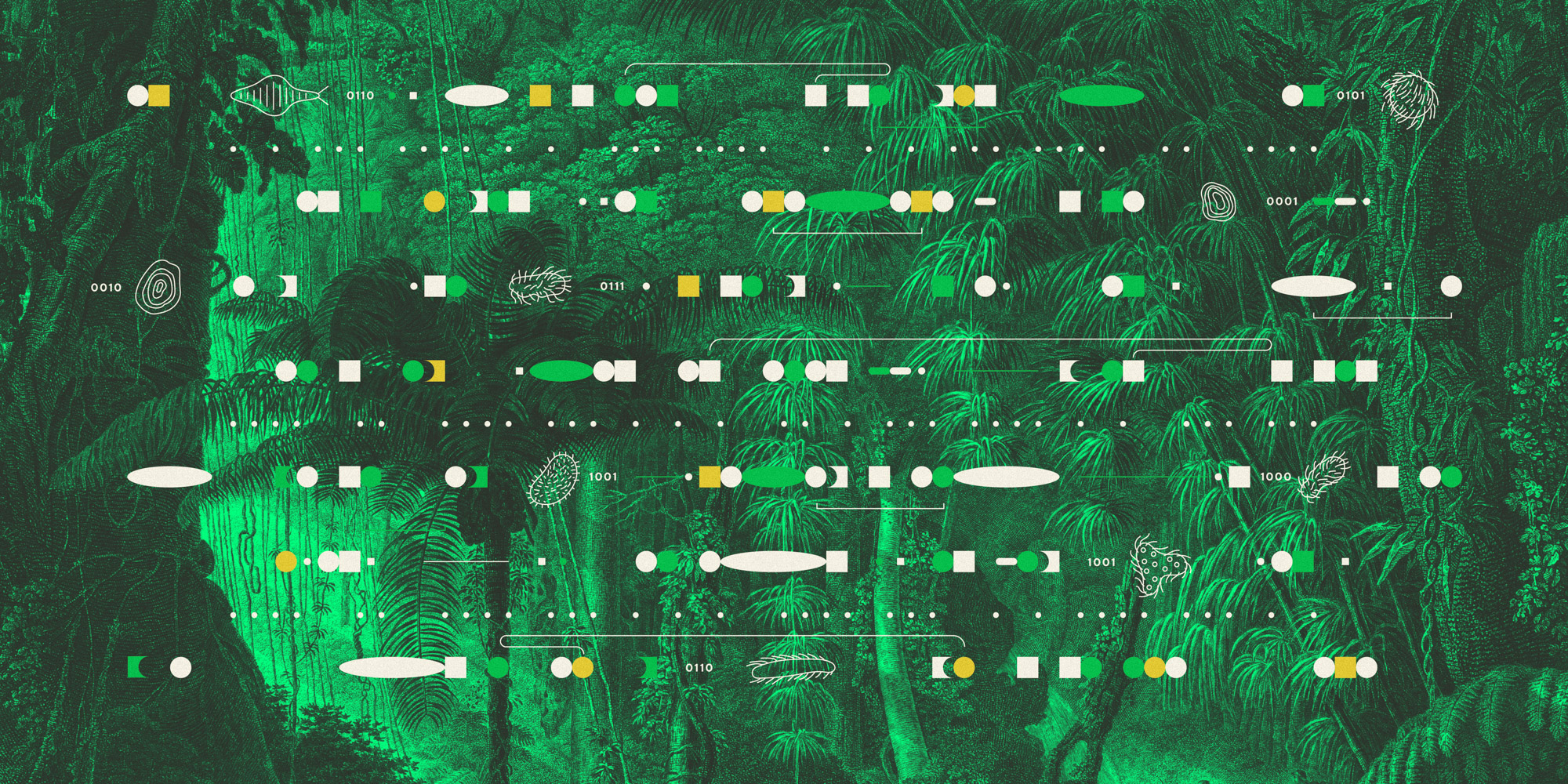

Jungle was a form of cultural expression for London's lower-class urban youth. The post-Thatcherite United Kingdom of the early 1990s had left many young people disenfranchised and disillusioned with a seemingly crumbling societal structure. Jungle reflected these feelings; it was a notably more dark, less euphoric style of music than many of the other styles popular at raves.[9] The music was much more popular with black British youths than other rave styles, such as techno, even though it was heavily influenced by these other rave styles, including those that emerged from the United States.[9] Jungle was also seen as "England's answer to hip-hop", with the goal of breaking down racial boundaries and promoting unification through its multiculturalism—drawing from different cultures and attracting mixed crowds at raves. Jungle's rhythm-as-melody style overturned the dominance of melody-over-rhythm in the hierarchy of Western music, adding to its radical nature.
Moreover, the greater accessibility to sampling technology allowed young people to inform music with their own sampling and experiences, allowing young people to work on their music in their homes rather than needing a grand recording studio.
Characterised by the breakbeats and multi-tiered rhythms, Jungle drew support from British b-boys who got swept up into the rave scene, but also from reggae, dancehall, electro and rap fans alike. Reynolds described it as causing fear and "for many ravers, too funky to dance" yet the club scene enjoyed every second.